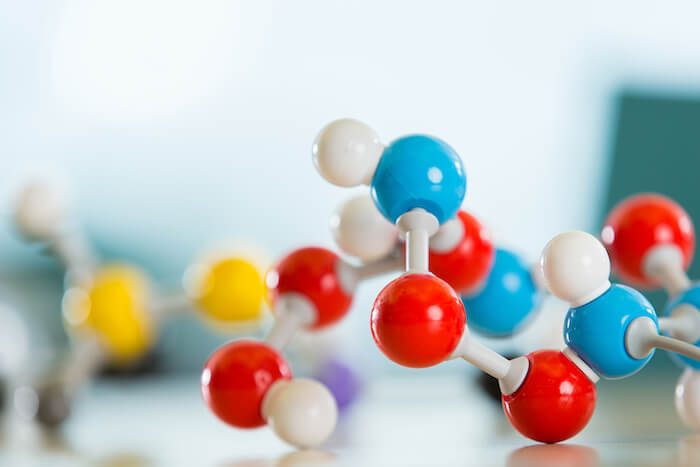All About PFAS, the ‘Forever Chemicals’ That US and EU Are Targeting
By Tiffany Kary | The Washington Post | August 24, 2023

Read the full article by Tiffany Kary (The Washington Post)
"What do you do about lab-made chemicals that are in 99% of people in the US and have been linked to immune system problems and cancer? Whose bonds are so stable that they’re often called “forever chemicals?” Meet PFAS, a class of chemicals that some scientists call the next DDT. For consumers, they are best known as components in products such as Scotchgard and Teflon. For businesses, PFAS — which are used to make hundreds of everyday products, from stents to firefighting foams — are a puzzle that has already created billions of dollars worth of liabilities. But 70 years of unchecked proliferation are ending. The US government is engaged in a sweeping multi-agency effort to reduce their presence in the nation’s air, water, land and food, and European Union regulators are also cracking down.
1. What are PFAS?
PFAS (“PEE-fas”) stands for per-and polyfluoroalkyl substances. Previously called PFCs, FCs or fluorocarbons, they come in an estimated 15,000 varieties. Some have been made since the 1950s by companies such as 3M Co. and DuPont (now DowDuPont’s spinoff Chemours Co.). They’re characterized by bonds between carbon and fluorine that are among the strongest in organic chemistry. Their consumer-friendly abilities were discovered by accident — in 1938 when a DuPont scientist was experimenting with refrigerants, and in 1952 when a 3M researcher splashed an experimental mixture on shoes, which then became stainproof — giving rise to 3M’s Scotchgard. Consumers may be more familiar with the names of two of the most studied forms, PFOS (Perfluorooctanesulfonic acid), once used in Scotchgard; and PFOA (Perfluorooctanoic acid), also sometimes called C-8, once used to make Teflon.
2. What are PFAS in?
For a start, they’re in many types of outdoor clothing, camping gear, shoes, textiles, coated papers for fast-food takeout, firefighting foams and surfactants — compounds that reduce the surface tension between two things — for electronics manufacturing. Every year brings revelations about new products they’re used in; most recently, toilet paper, dental floss, semiconductors and solar panels. The medical equipment and construction industries depend on them too. Private labs have warned that handling blue chemical ice packs, sunscreen and Post-It Notes can expose a person to PFAS. And because the chemicals also get around on their own, they pop up in polar bears, newborn babies and kale. PFAS are found in high levels in the water of communities around the world."
Topics: